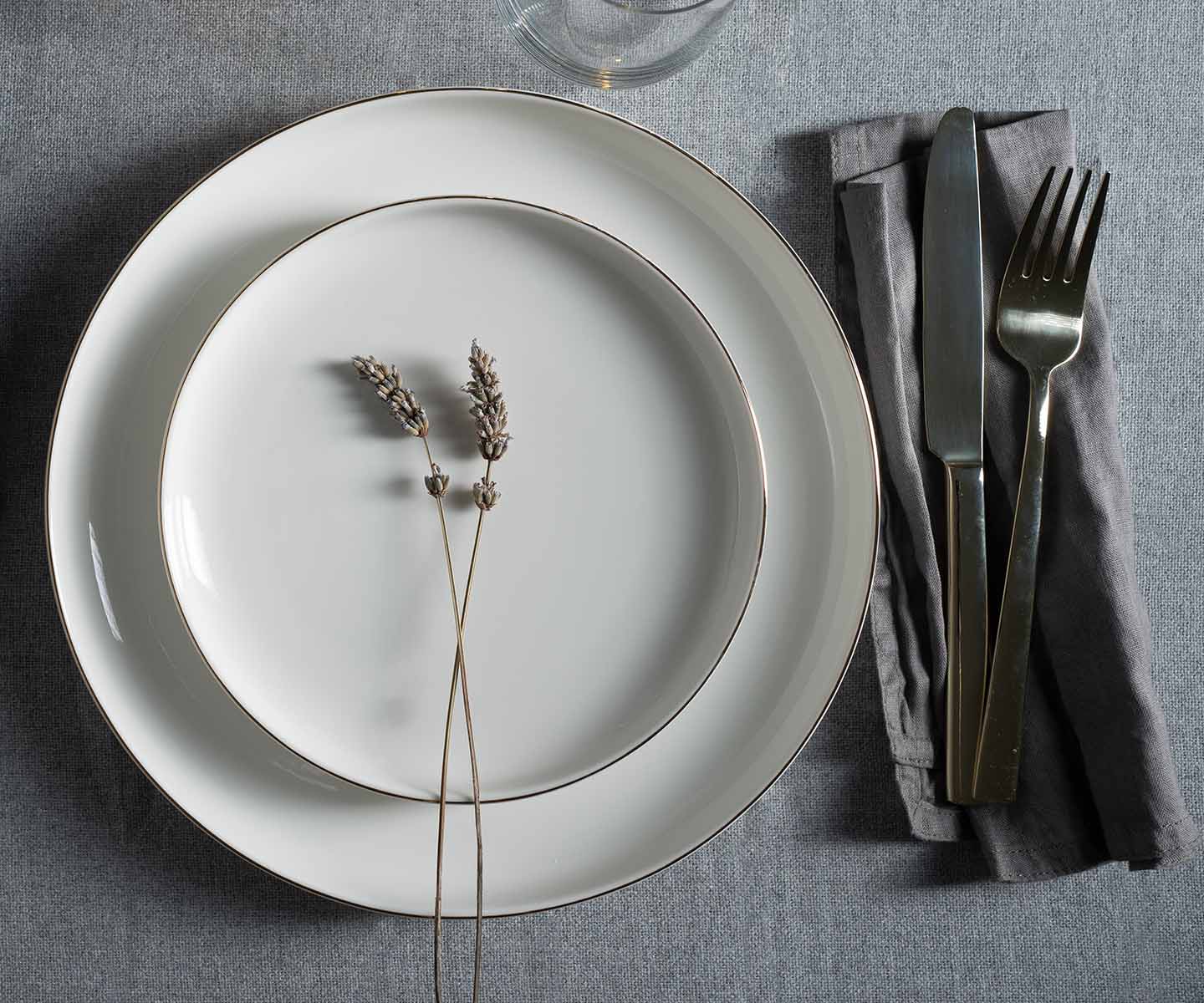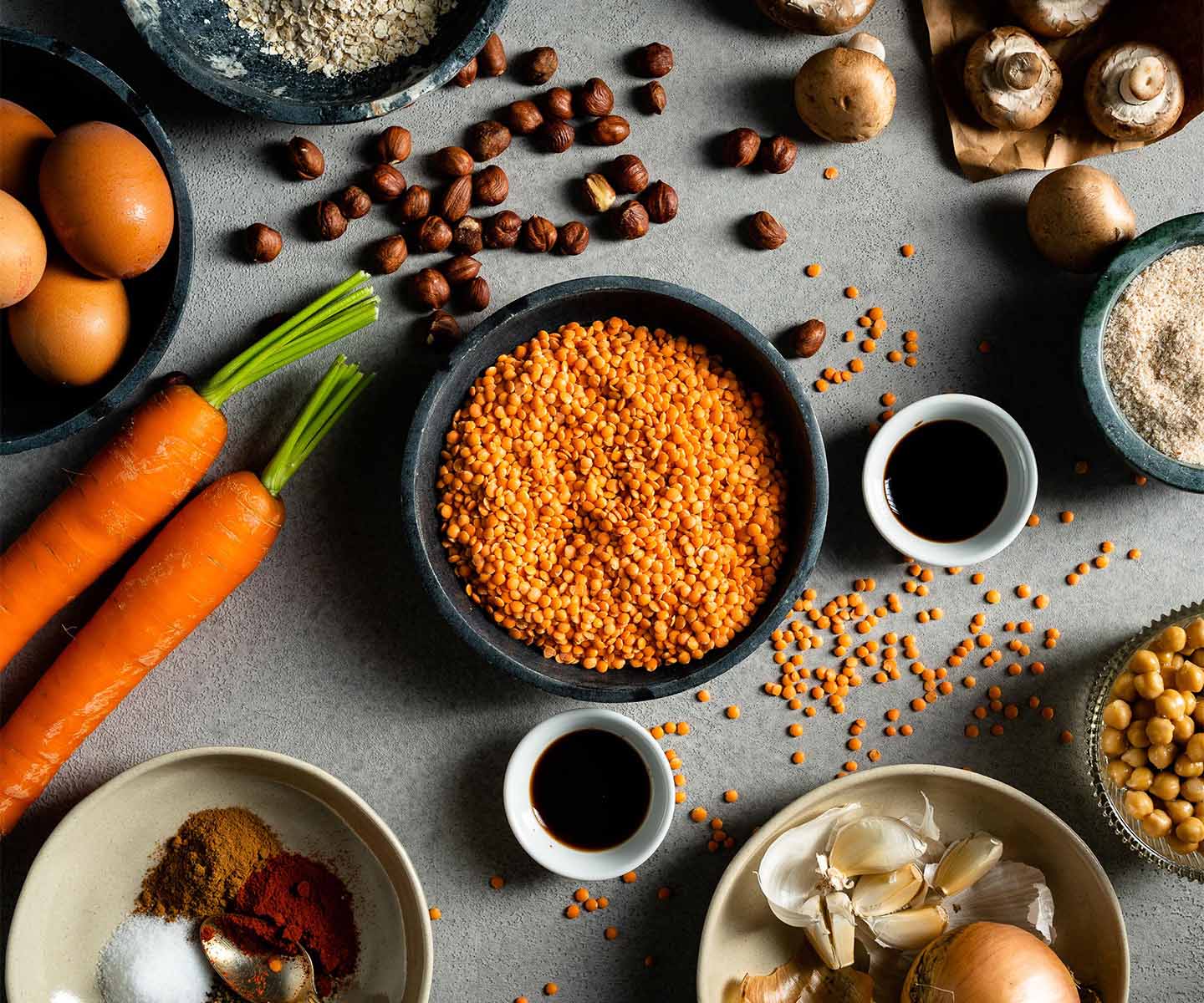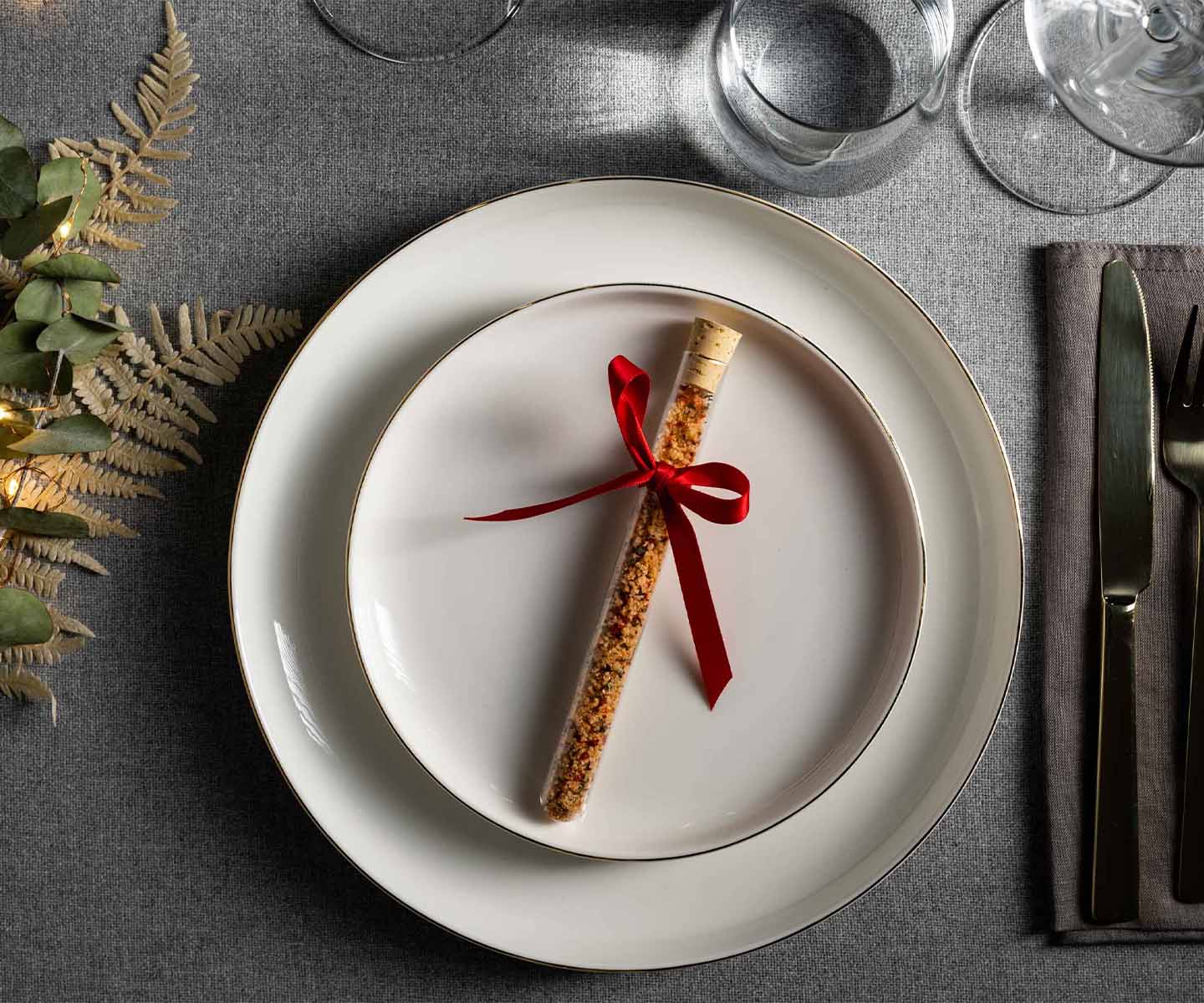Our stylish menus.
Handwritten menus are a classic touch at the table. They sure whet your guests’ appetite and provide them with plenty to talk about when not seated.
Were your guests able to choose their main course when they received their invitations? This is a great way to find out if there are any vegetarians or vegans coming, or if anybody has food intolerances. It’s best to ask in advance whether you need to take anything into account when preparing their meals. This way, you ensure that your menu can be adapted to your guests’ tastes and dietary habits/requirements, if necessary. You don’t have to have a rigidly set menu, but it is advisable to have three courses, consisting of starter, main and dessert, with options that take your guests’ preferences into account. Tip: Prepare all the ingredients the night before and put the drinks on ice. Hosts usually start with an aperitif, but please remember that not everyone drinks alcohol. You should, therefore, always have non-alcoholic alternatives to offer to your guests.



